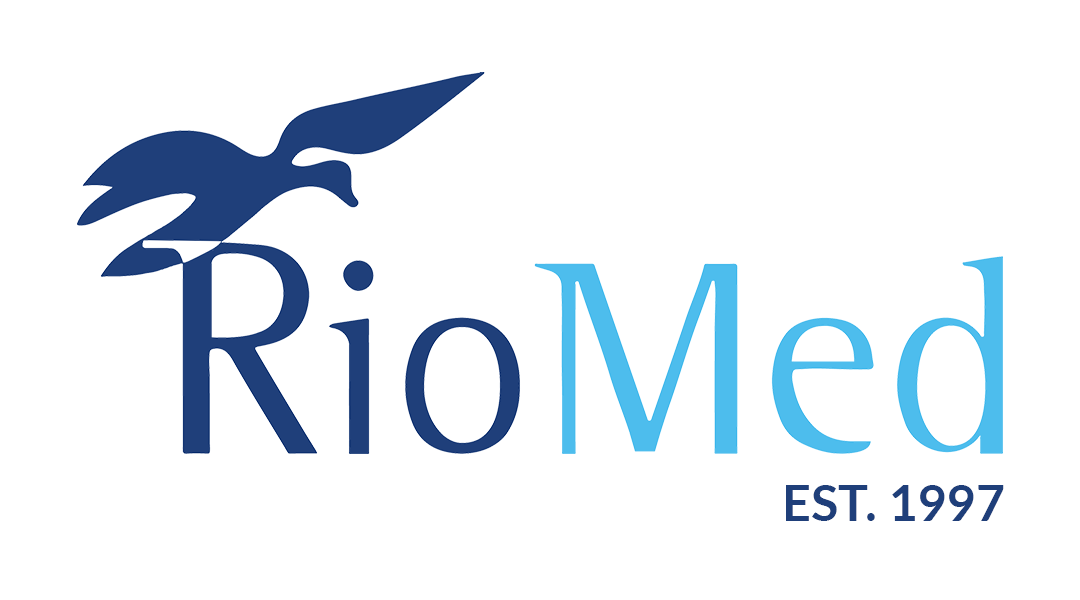Cardiology Department Digitalised with Cellma EHR

Table of Contents Help Others Discover – Click to Share! Facebook Twitter LinkedIn Table of Contents Cardiovascular disease (CVD) continues to be UK’s leading cause of death with over 7.6 million people living with heart and circulatory disease, with more than 6.4 million in England. According to the British Heart Foundation, CVD is responsible for approximately 174,700 deaths, which represents 26% of all deaths. Of those deaths, around 49,000 are under 75 years of age. Additionally, over 1.4 million people in the UK have atrial fibrillation, a leading cause of stroke, and more than 7 million are affected by hypertension, one of the most common and modifiable CVD risk factors. More worryingly, cardiovascular waiting lists in England have surged by 82% between 2020 and 2025, with critical conditions like heart failure and atrial fibrillation experiencing substantial delays in diagnosis and treatment. This growing burden places immense pressure on NHS cardiology services and underscores the urgent need for robust, digitally enabled care pathways. As cardiovascular care continues to grow in complexity, the importance of full, intelligent, and integrated digital health systems increases. The cardiology department has evolved beyond managing heart attacks and arrhythmias, but is now dealing with multi-morbidity, increasing demand, workforce shortages, and expectations for timely, consistent, and equitable care. Enter Cellma, a clinically robust, fully interoperable Electronic Health Record (EHR) software. Built to support all aspects of the cardiac care continuum, Cellma uniquely combines data, diagnostics, and decision support tools, providing a fundamentally different way of working – clinically, operationally, and safely – within the realm of cardiology. Aligning with NHS: Fully Integrated and Compliant with National Guidelines Cellma has been built and configured to comply and work seamlessly within the NHS. Specific integrations and standards include: NHS e-Referral Service (ERS) – supported streamlined triaging and booking from primary to secondary care. GP Connect / Summary Care Record (SCR) – enables specialists to access primary care information in real-time at the point of reviewing the patient. Electronic Prescription Service (EPS) – enables prescribing with the ability to prescribe and track outstanding prescriptions. NHS Spine Services – Cellma engages with national datasets with identity verification, demographics, and care settings. Interoperability with Diagnostic Labs, Imaging Systems, and Third-Party Platforms Supported by FHIR, HL7, and DICOM standards. The NHS Digital and NICE Guidelines – Clinical workflows in Cellma reflect the latest evidence-based standards for the management of CVD, CHD, arrhythmia, ACS, and hypertension. These integration allows the cardiology department to remain clinically compliant, rich in data and coordinated a delivery of care across the continuum. Clinical Spectrum of Cardiology: How Cellma Supports Complex Case Management Cardiac Condition How Cellma Assists the Cardiology Department Ischaemic Heart Disease (IHD) & Coronary Artery Disease (CAD) Structured templates capture anginal symptoms, exercise tolerance, and previous MI history. Integrated imaging (CT coronary angiography) and procedure tracking (angiography, PCI) enable full visualisation of coronary anatomy and intervention outcomes. Congestive Heart Failure (CHF) Cellma flags abnormal BNP/NT-proBNP values, low LVEF from echocardiograms, and signs of fluid overload. Supports titration protocols for ACEi/ARNI, beta-blockers, and diuretics. Enables MDT documentation, auto-scheduling of cardiac rehab, and e-discharge summaries with medication optimisation. Hypertension Tracks longitudinal BP readings across care settings, flags hypertensive crises, and supports QRISK2/QRISK3 cardiovascular risk assessments. Provides clinical alerts for target organ damage, supports 24-hour ambulatory BP integration, and recommends NICE-guideline-based therapies. Valvular Heart Disease (e.g., Aortic Stenosis) Cellma integrates with echocardiography to track valve area, gradient, and left ventricular function. Structured notes for surgical vs. transcatheter aortic valve intervention (TAVI) decision-making. Follow-up alerts for echo surveillance intervals are automated. Arrhythmias (e.g., AF, VT) Integration with Holter monitor and ECG devices. Structured workflows for CHA₂DS₂-VASc scoring, anticoagulation initiation, and electrophysiology referrals. Cellma assists in planning for cardioversion, ablation, or device therapy (e.g., pacemakers, ICDs). Congenital Heart Disease Captures lifelong congenital diagnoses and surgical history. Offers age-specific templates for paediatric to adult transition. Supports integration with national congenital heart disease registries and cross-team coordination for complex cases. Cardiomyopathies (e.g., Hypertrophic, Dilated) Cellma facilitates documentation of genetic findings, family screening, serial imaging, and exercise restrictions. Supports ICD/CRT decision-making and integrates with device follow-up data. Tracks NYHA class progression and symptomatic burden. Pericarditis, Endocarditis, Myocarditis Embedded diagnostic criteria (e.g., Duke’s for endocarditis) guide structured documentation. Lab and imaging integration supports rapid diagnosis. Treatment plans (e.g., IV antibiotics, immunosuppression) are tracked with alerts for lab monitoring. Syncope & PoTS Structured forms for tilt table testing, Holter, and ECG interpretation. Flags red-flag symptoms suggestive of cardiac syncope. Supports autonomic testing integration and referral to specialist services. Tackling Real-World Challenges in Heart Failure Care Heart failure care in the UK is confronted by delays in referral systems, a lack of communication, and challenges leveraging real-time diagnostics. Growing pressure and waiting times: NHS cardiovascular waiting lists in England are projected to grow by 82% between 2020 and 2025, further increasing bottlenecks to echocardiograms and consultant appointments. In-service variation: The only 4% of in-hospital heart failure services are achieving waiting time referral targets. Workforce shortages: Many services are unable to recruit and retain trained heart failure consultants. Data gaps: Observable outcomes like readmissions, mortality, and patient experience are seldomly recorded systematically. Cellma addresses these problems through its interconnected modules: Patient Administration System (PAS) Triage Dashboards: Prioritisation of referrals by urgency, symptoms, and clinical indicators. Electronic Patient Record (EPR): Offers registration/advanced booking where labs, imaging, vitals, and history collocate in one view. Investigation Ordering and Imaging Integration: You can book and track cardiac diagnostics all in Cellma. Clinical Decision Support (CDS): Auto calculate scores and suggest treatment plans as per guidelines. Multi-disciplinary care planning: Embed MDT meetings and notes for shared visibility. Remote Monitoring & Follow-up: Schedule device checks, track medication adherence, and adhere remote symptoms diaries. BI Reporting Tools: Audit mortality, access admissions, LOS (length of stay), and therapy compliance in real-time. Document management: Securely attach discharge summaries, rehab plans, and consent from Cellma. Cellma turns fragmented cardiac care into a data-driven, protocol-observant patient-centred ecosystem. Essential Elements of Cellma for Cardiology Department Cellma has been designed from




